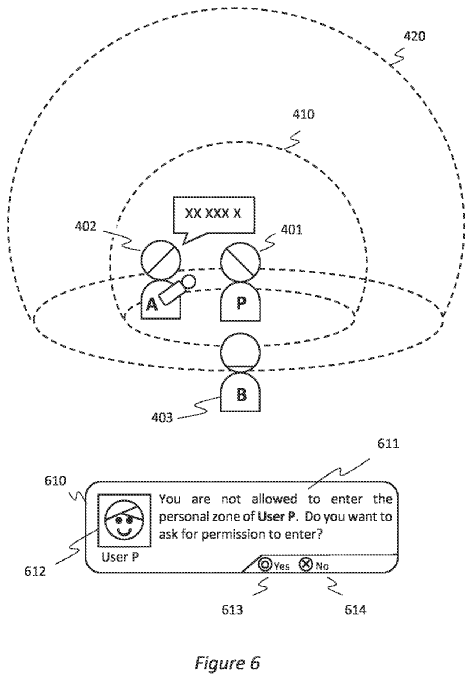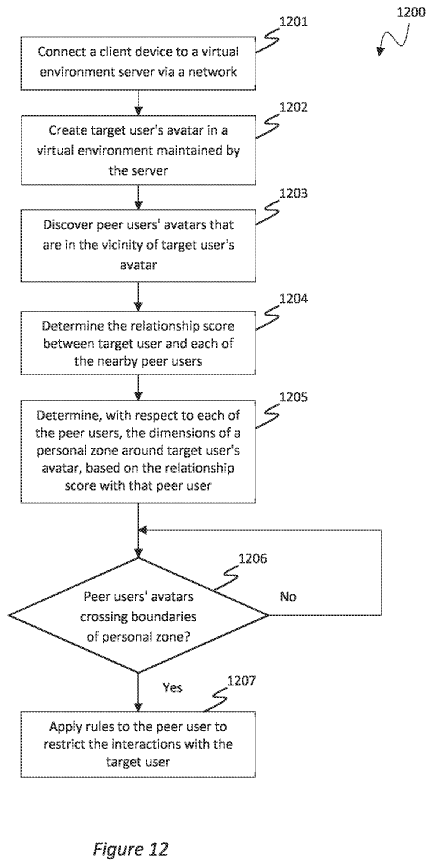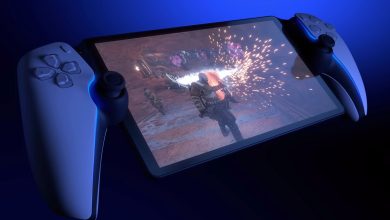
Story Highlights
- A new patent published by Sony wants to shield players with a protective personal space bubble in VR games.
- The bubble will prevent other avatars from entering it, halting attempts to harass gamers in the VR space.
- The personal space can be different when interacting with other users, depending on many factors.
Sony has been directing many projects to increase accessibility and protection in games from harmful elements. It has also patented to automate many of these features in the past. Now, a new legal doc published by the company wants to address cyberbullying in VR gaming. It talks about giving a shield to vulnerable players by adding personal space around their avatars like a bubble.
The patent dubbed “SYSTEMS AND METHODS OF PROTECTING PERSONAL SPACE IN MULTI-USER VIRTUAL ENVIRONMENT” discusses how VR gaming adds a new depth of immersion that is impossible in the traditional industry. However, that also means that it becomes a double-edged sword among gamers. Thus, Sony wants to address these concerns to ensure that no user can be harassed by others.
The target user may experience bullying or harassment within the virtual environment, especially in virtual reality. In order to alleviate episodes of harassment, a personal space such as in the form of safety bubble may be implemented,” reads the patent.

The feature can enforce limits between the avatar of the player and others, with various rules to ensure flexibility. Some customization can include the ability for friends to enter the bubble when others are unable to get closer to the user. The space could also only be activated when certain players try approaching the user. Similarly, an AI by Sony could be used to assess whether other players should be allowed within the bubble.
The publisher clarifies that the current actions that can be taken against cyberbullying in VR gaming are not enough. Reporting the assault to any user along with recorded evidence is the only thing that is mostly done to address these concerns in games. Sony also concludes that this does not fully stop cyberbullying attempts against other players from taking place.
In the case of cyber bullying or harassment, the visual stimuli induced by virtual reality makes it easier for the user to invest in and portray himself/herself as the avatar in the virtual world and hence could significantly amplify feelings caused by any cyber violation, compared to a system in two dimensional graphics.”

We can also expect Sony to block sounds produced by the perpetrator inside the protective bubble to ensure the safety of players. Besides, the new feature can reduce the toxicity and the increased stimuli for players that are affected by it. The patent goes in-depth to explore all the possibilities of the innovative feature.
Sony has previously published many other enticing patents. The company earlier published a legal document that wants to add modern accessibility features to older games. Additionally, another patent was made public that can automatically detect and change game settings for visually impaired players.
Thanks! Do share your feedback with us. ⚡
How can we make this post better? Your help would be appreciated. ✍



